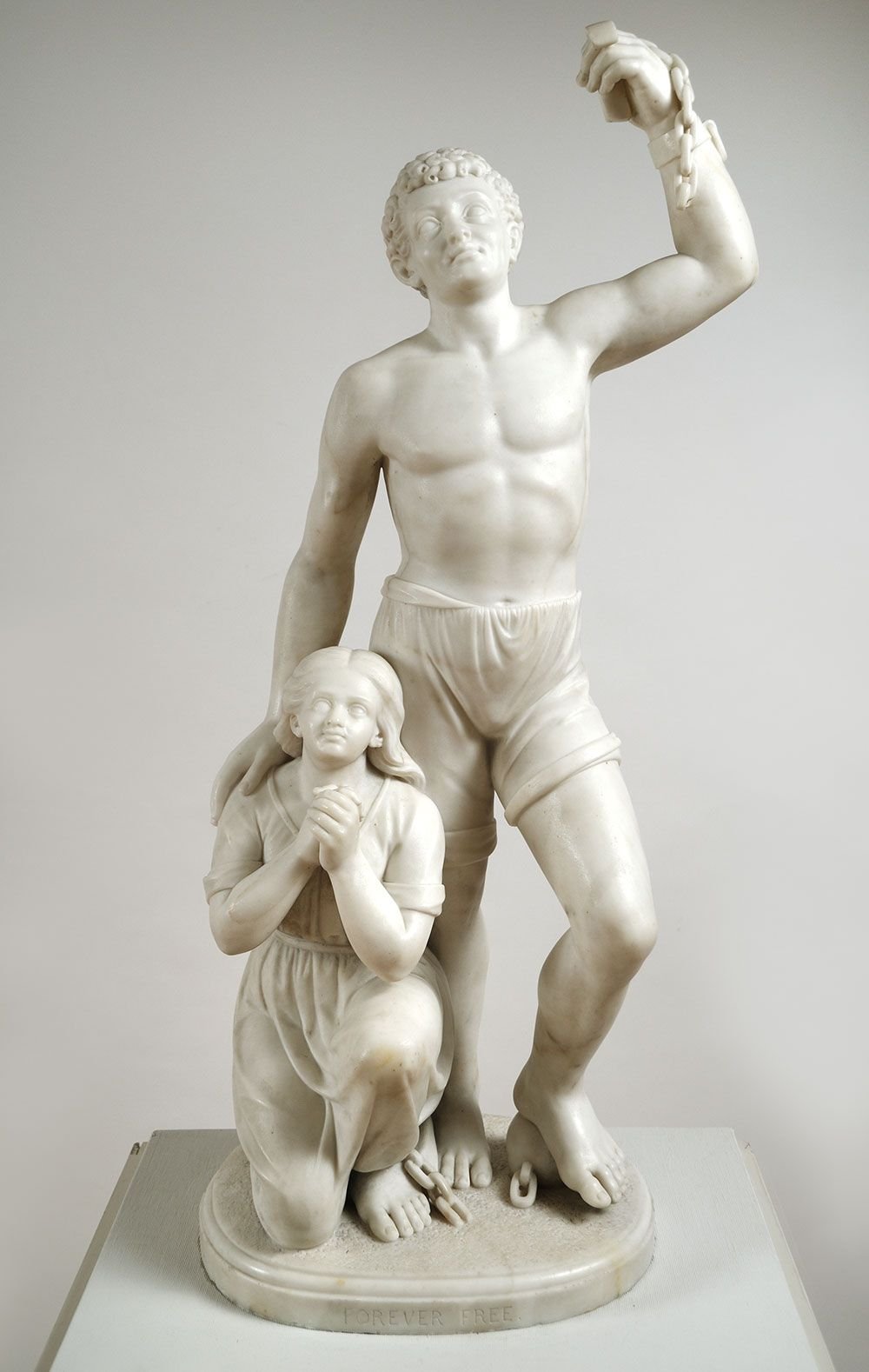THE SCULPTOR, Edmonia Lewis
Mary Edmonia Lewis was a late 19th-century African American-American Indian sculptor who grew up in Albany, New York, Oberlin, Ohio, and Boston, Massachusetts. She matured in Italy and traveled across the United States showing and selling her art. She created, explored, and re-shaped the modern art world, while finding her voice at a time when these opportunities were nonexistent for women, and certainly for Black and Native American women.
In doing this, Edmonia left us crafted works that put her indelible mark on the global art world. “I am going back to Italy, to do something for the race, something that will excite the admiration of the other races of the earth." Creating something of an early, conscientious, “global arts ethnic -aesthetic” in a Victorian Euro-centric, largely male-dominated art world, Edmonia Lewis expressed a prophetic arts modernity that fascinated admirers from around the world.
What’s additionally powerful about her work, her stance, and what she embodied, is that she was a warrior for women's, Black, Native Americans', and artists’ rights at the same time. She demanded excellence of herself, pursued her voice, developed her craft, and disproved the hateful and demeaning claims of her inferiority that were prevalent.
Born in 1845, attending Oberlin college in 1859, then settling as a young artist in Boston in 1863, she developed and grew to be recognized as one of the first neo-classic American, ethnic-rooted sculptors. Clearly, one of the first women to catch the attention of American modern arts circles, her self-defined Afro-Indian women’s defiant stance, coupled with her dynamic independent spirit and tenacity, led her to being a turn of the century expatriate living in Italy, hosting famous cultural figures there. In her day, she was the toast of Black social elites in the 1870-1880’s, alongside European avant garde and social figures in Italy as famous as Lydia Maria Child, Fredrick Douglass, and others.
Her most famous work, The Death of Cleopatra, a 2-ton sculpture, was discovered in Chicago in the 1970’s decades after her death. Still, so much is unknown about Edmonia's life, including her exact cause of death.
Edmonia's life is the focus of Bill Banfield's new opera - the story of a self taught genius artist, a dynamic personality with a close circle of characters that supported and cared for her. The opera moves through her rise from a virtually orphaned young girl who enters Oberlin college, is brutally treated, who moves East and opens up her own studio at No. 69, Studio building, Tremont Street, Boston, on January 29, 1864. She went on to become a nationally celebrated figure, pre-Harlem renaissance, and a respected international figure in modern sculpture arts. Yet, in the end, we find, like her work, she is “standing alone unknown,” until discovered again in a new age.




